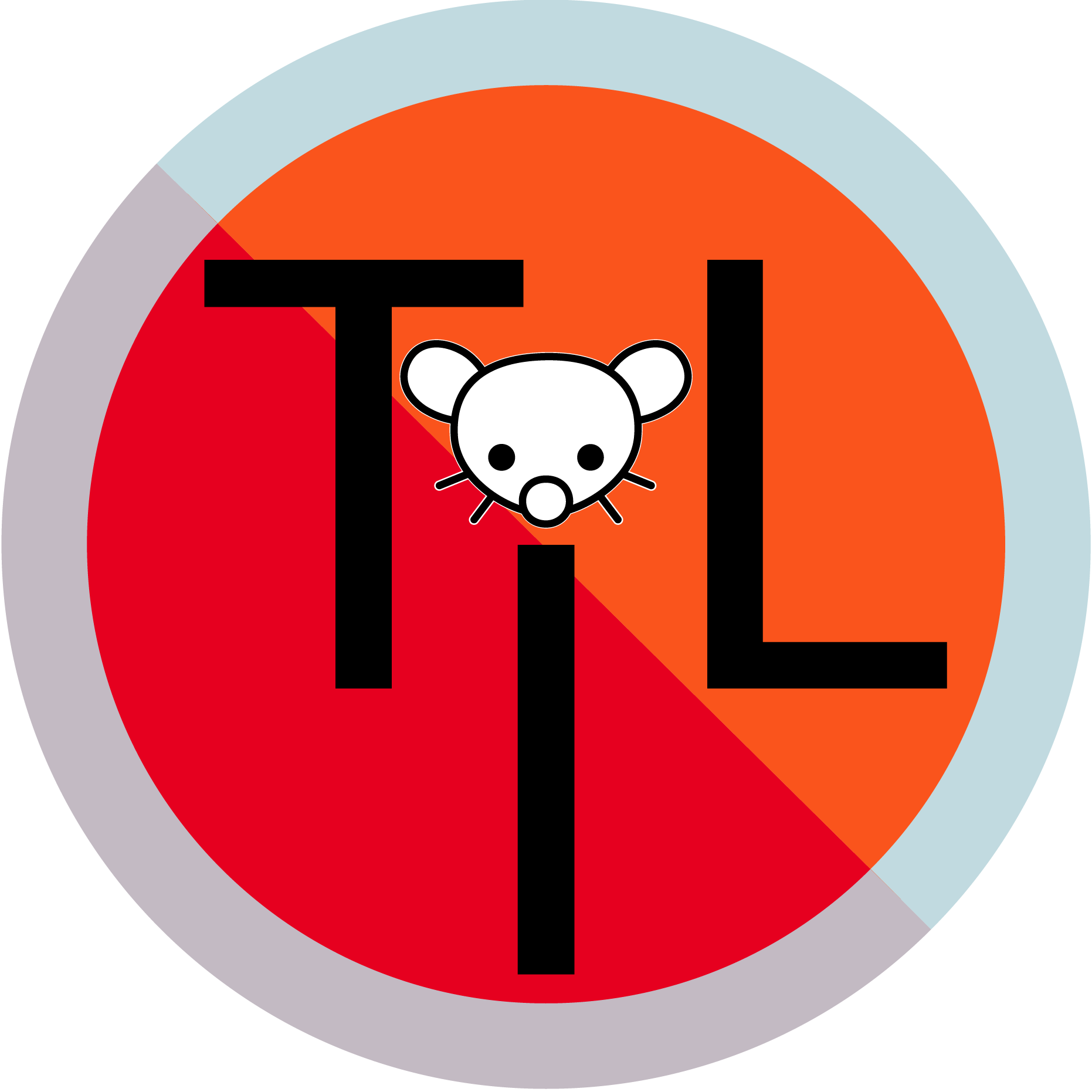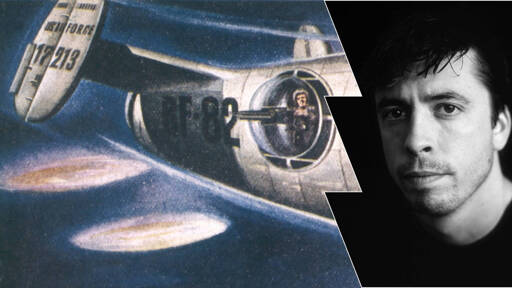Foo Fighters - a name that’s synonymous around the world with heavy guitar anthems and the legend that is Dave Grohl. But why did Big Dave pick such an unusual name? What does “Foo Fighters” actually mean?
Back in the Nirvana days, Grohl had written and recorded songs but had kept them to himself as he considered Kurt Cobain to be the musical genius in the group. When Cobain died in April 1994, it looked like Dave would join another band as a superstar drummer, but the world was surprised when he came out of the studio with a whole album’s worth of his own songs, recorded pretty much by himself.
But Dave still wasn’t confident enough to release the music under his own name. He told Clash magazine in 2010: “Around the time that I recorded the first FF [demo] tape, I was reading a lot of books on UFOs. Not only is it a fascinating subject, but there’s a treasure trove of band names in those UFO books!"
“I had recorded the first record by myself, but I wanted people to think that it was a group, I figured that FOO FIGHTERS might lead people to believe that it was more than just one guy. Silly, huh?”
“Had I actually considered this to be a career, I probably would have called it something else, because it’s the stupidest fucking band name in the world.”
The term “foo fighter” was first coined by the US Air Force in World War II, as a term for strange phenomena sighted in the sky, before the term “unidentified flying objects” became a term. In November 1944, pilots flying over Western Europe had spotted glowing objects flying quickly around the night sky - which were thought to be a new German “secret weapon”.
They were quickly dubbed “foo-fighters” by Donald J. Meiers, a radar operator in the 415th Night Fighter Squadron, who named them after a then-current comic strip called Smokey Stover. Smokey was a fireman, or “foo fighter”, who travelled to incidents in his “Foomobile”.
So when airmen saw bright balls of “fire”, flying in the sky, they called them “foo fighters”… and Dave Grohl picked up the term from one of the many, many books on UFO history.



Well I now understand what “fighter” means in this context but I’m still not sure what a “foo” is. And yes I know what joke I’m setting myself up for.
I could be mistaken, but I think the “foo” was essentially ‘fool’ when applied here, as in it is a fool’s errand to try and fight these elusive oddities as they were functionally ghosts. No stories i recall of firing on one lead to them coming down or even appearing harmed. There are some stories of attempts to attack them that even led to various inexplicable kinds of failures in the offending party’s equipment.
That’s not a quietly ‘I know I’m right’ “I could be mistaken” either tbc, but more of a ‘this is what I’ve heard but haven’t investigated all that hard’. If someone knows more certainly, please chime in!
From the Smokey Stover Wikipedia: During World War II, images of Smokey Stover and Spooky were painted as nose art on several American bomber aircraft. The term “foo fighter” was borrowed from Smokey Stover by a radar operator in the U.S. 415th Night Fighter Squadron, Donald J. Meiers.[17]The term was used by Allied aircraft pilots in World War II to describe various unidentified flying objects or mysterious aerial phenomena seen in the skies over both the European and Pacific Theaters of Operations. Though “foo fighter” initially described a type of UFO reported and named by the 415th Squadron, the term was also commonly used to mean any UFO sighting from that period.
It says at the end:
That does not explain what a “foo” is.
I think it comes from the French "feux’, which means lights, as in lights in the sky. The phrase was coined by pilots over France.
Hmmm
Yeah I get all that… But what is a “foo”?
It appears to be a comedic mispronunciation of “fire”, since the source of the term is a comic about a fire fighter.